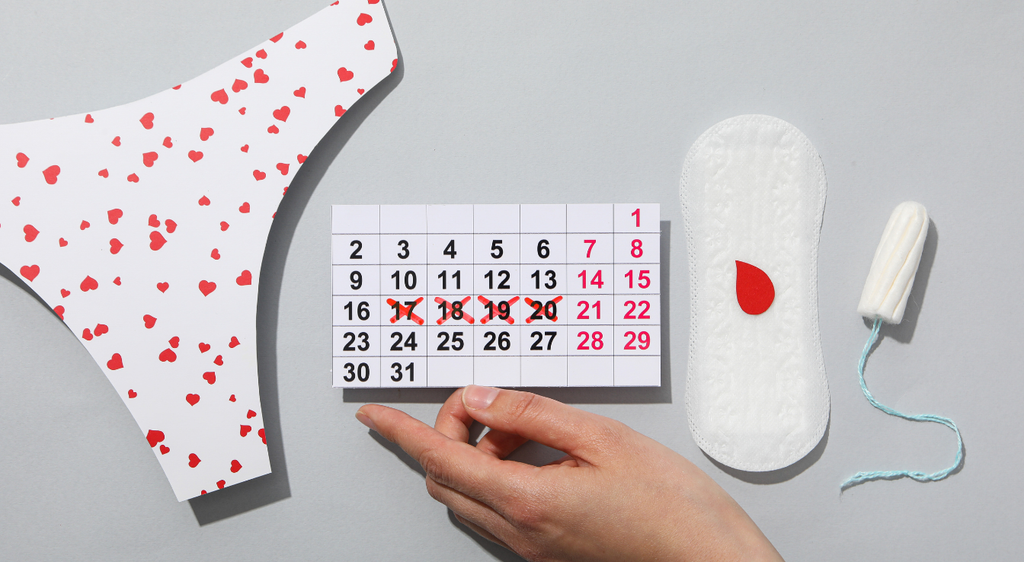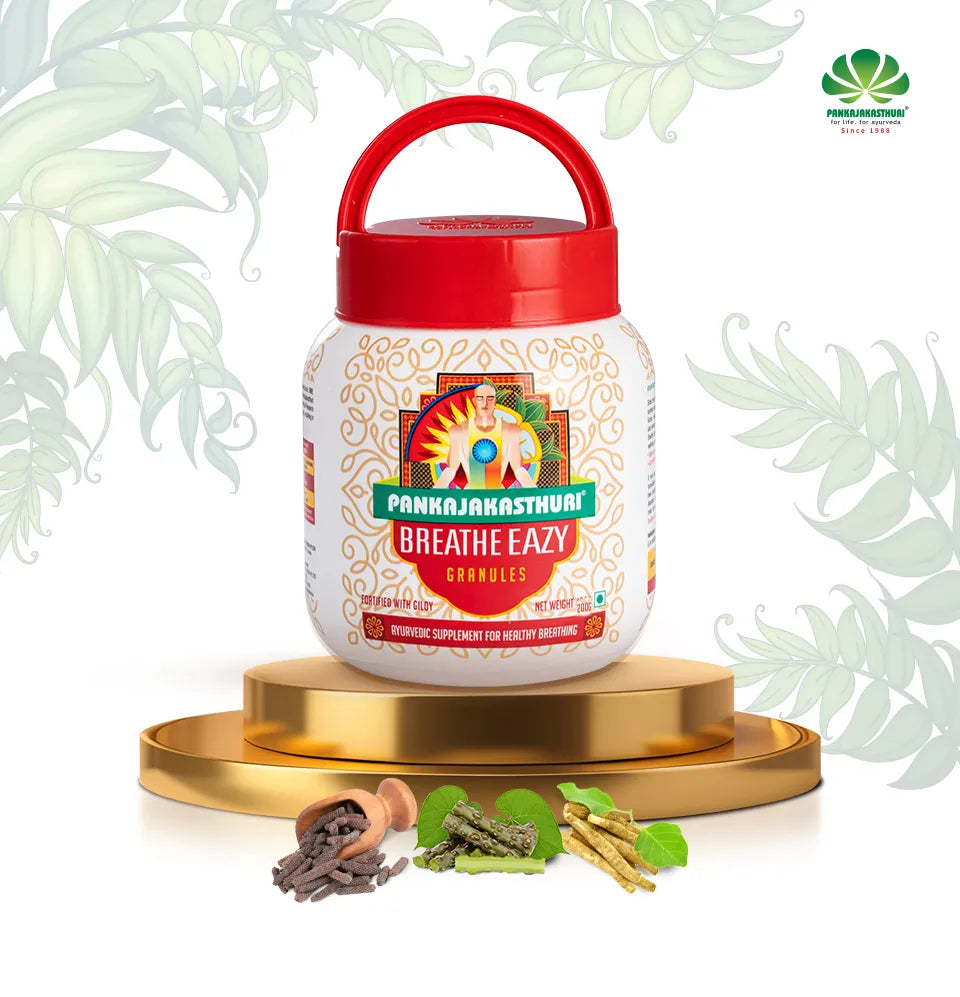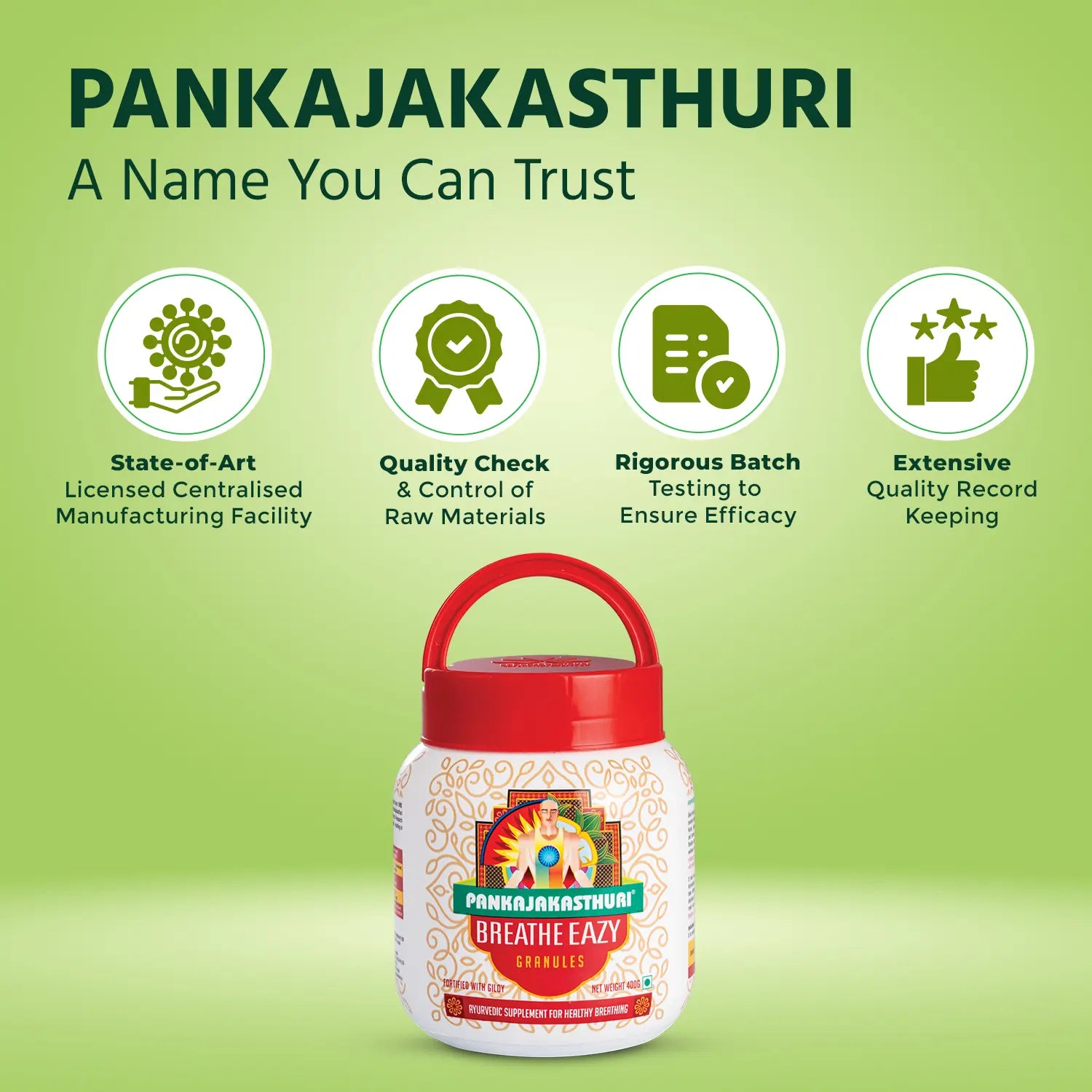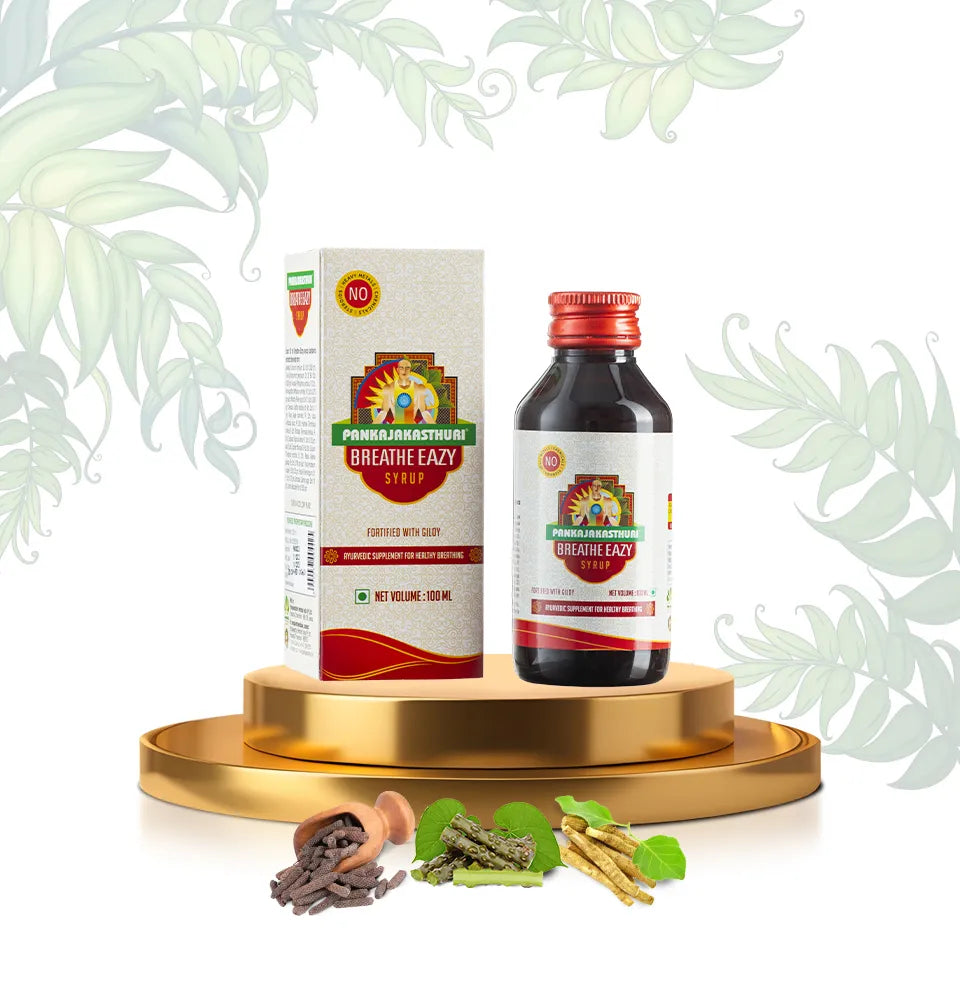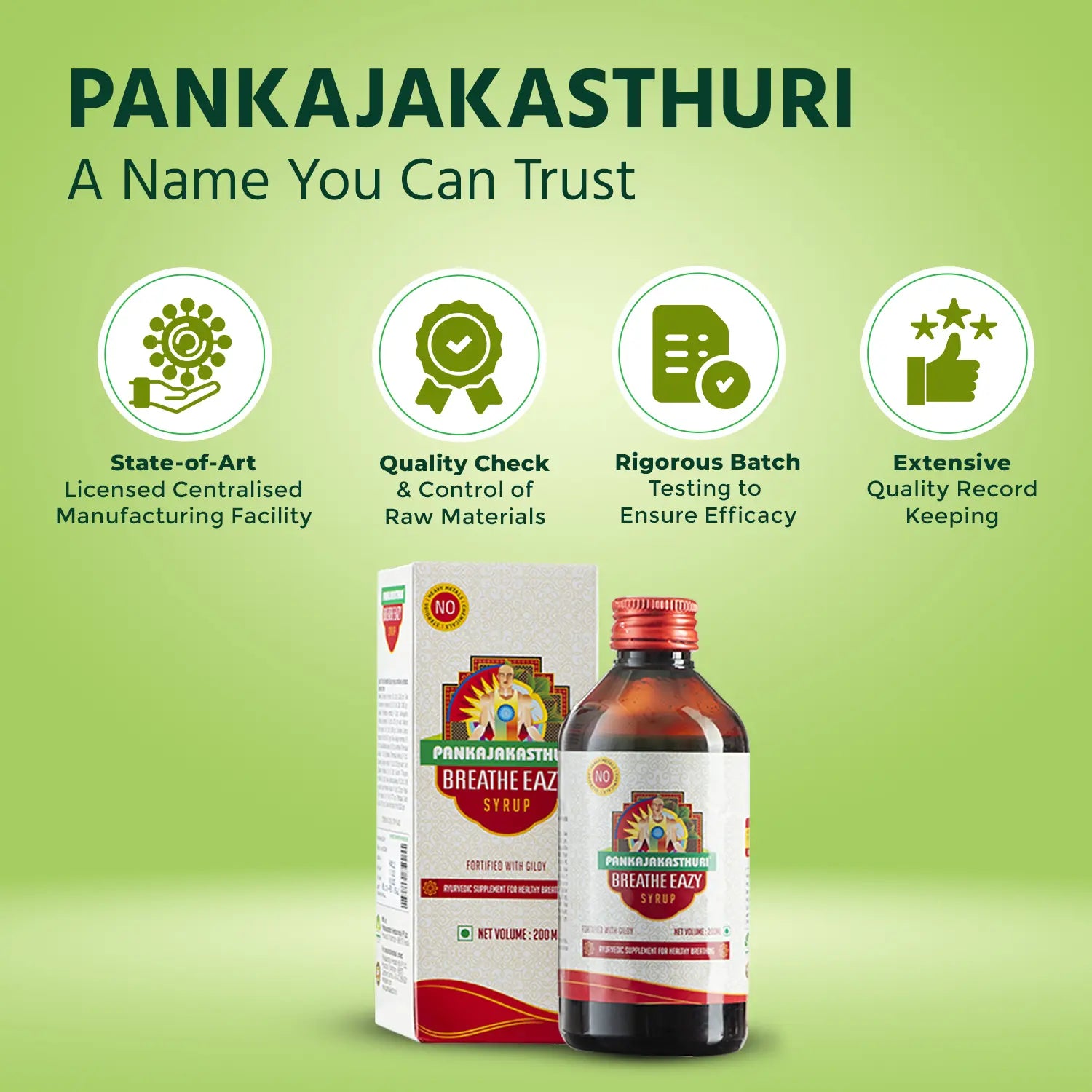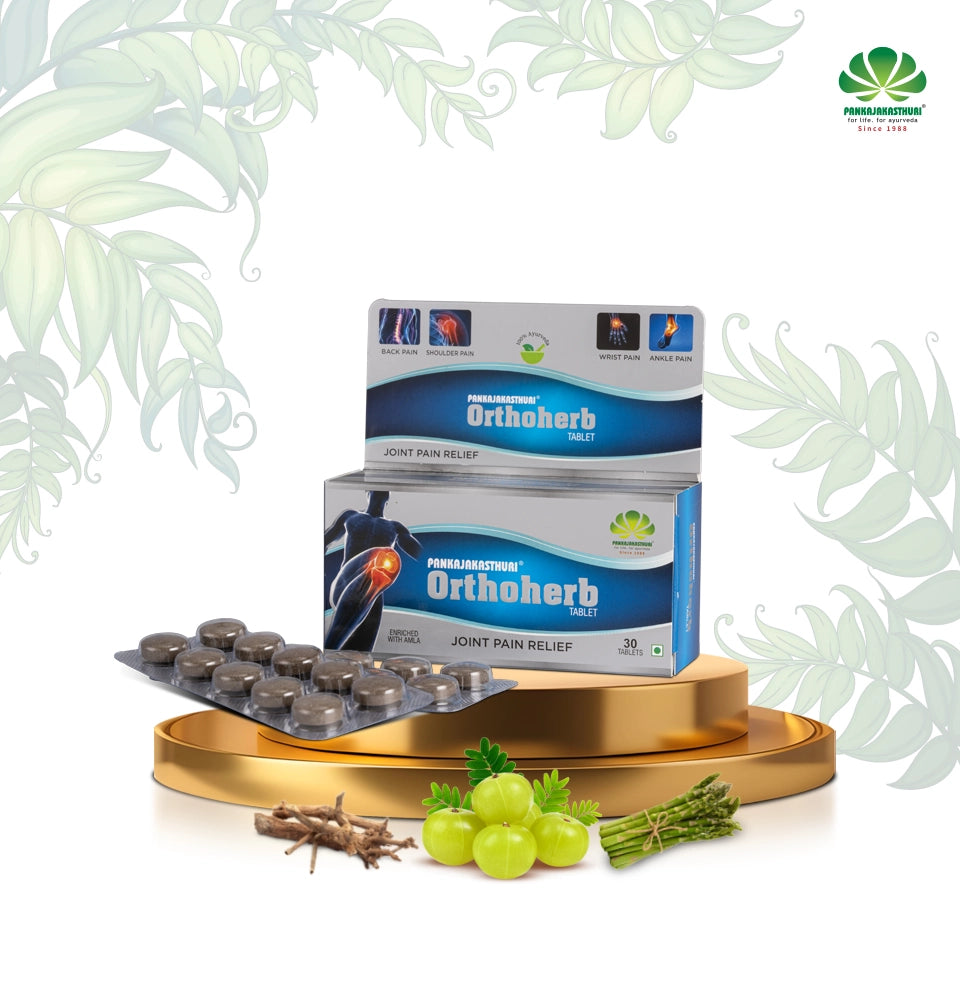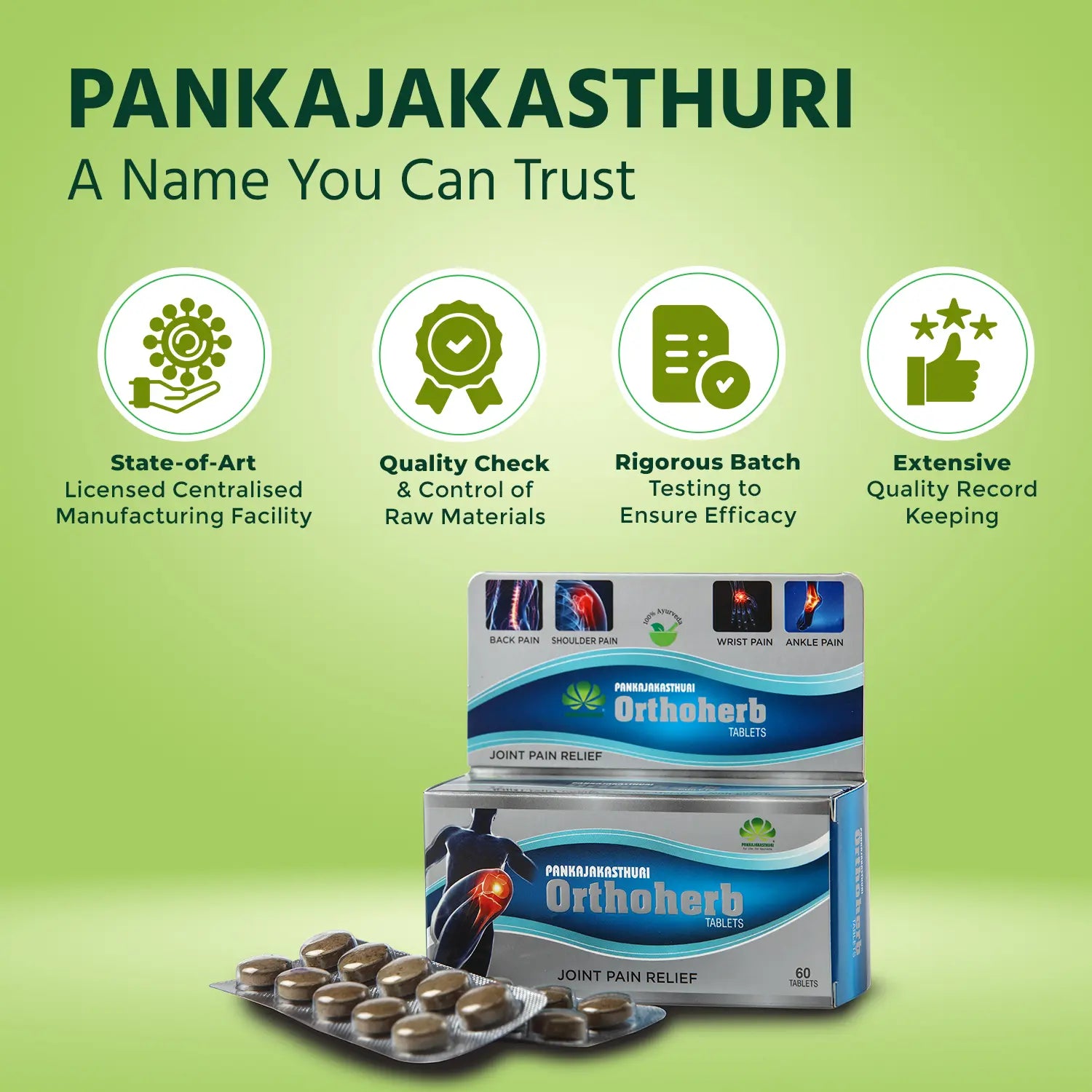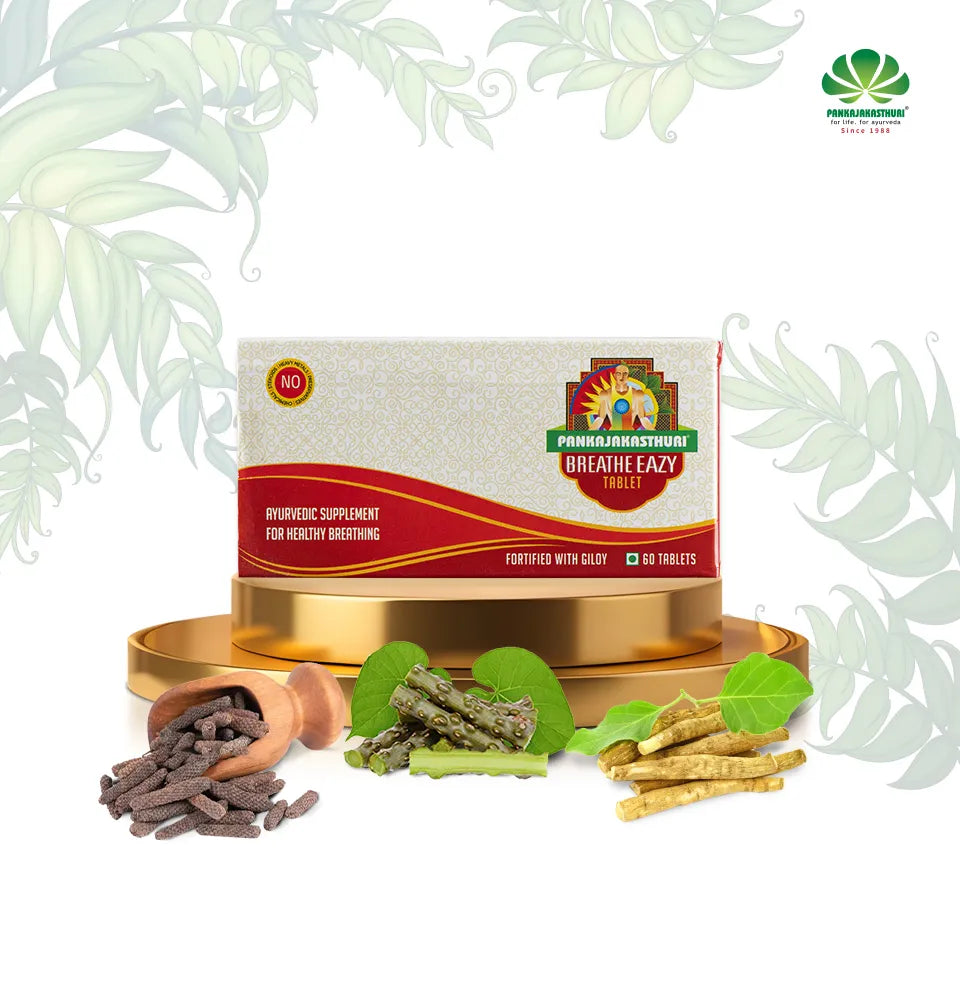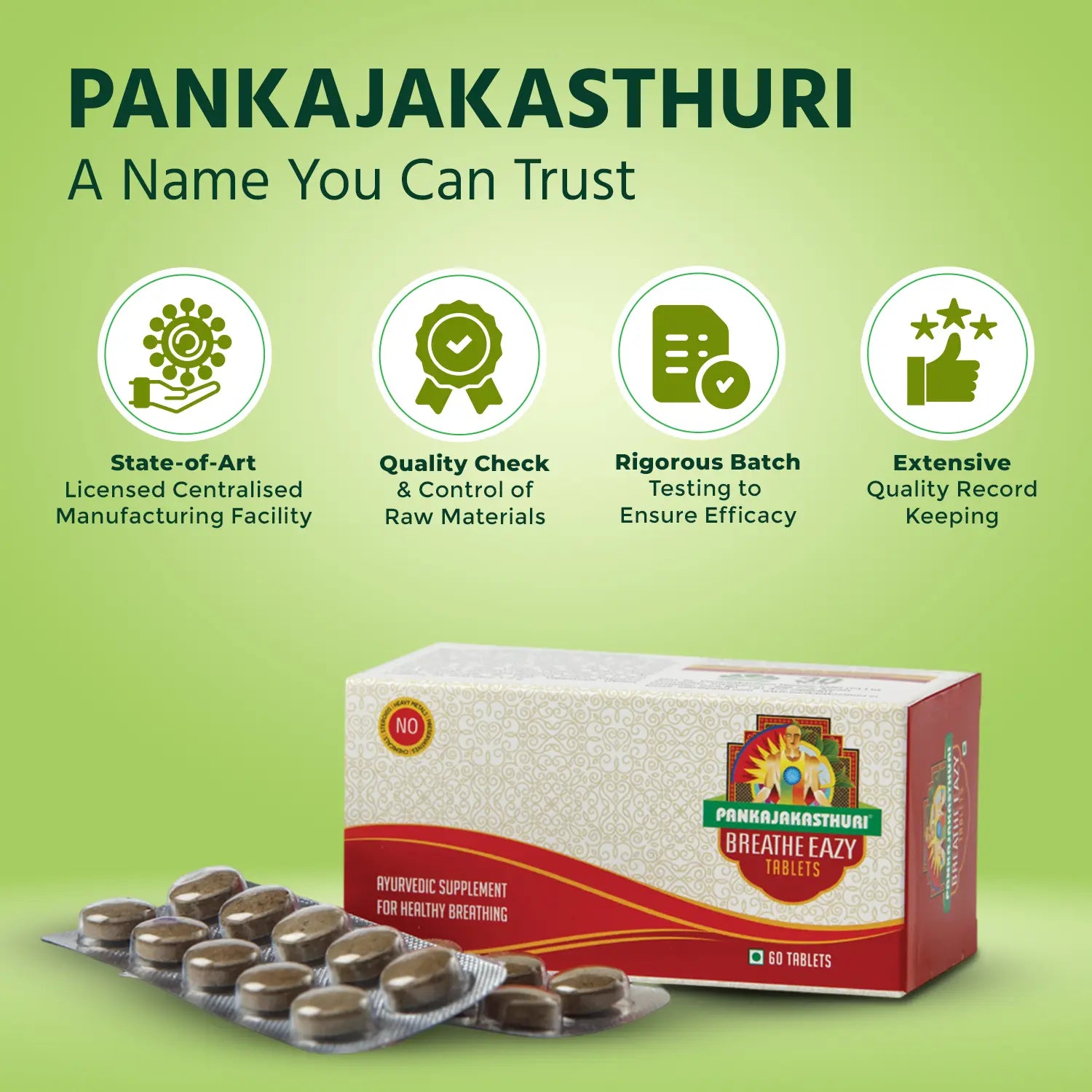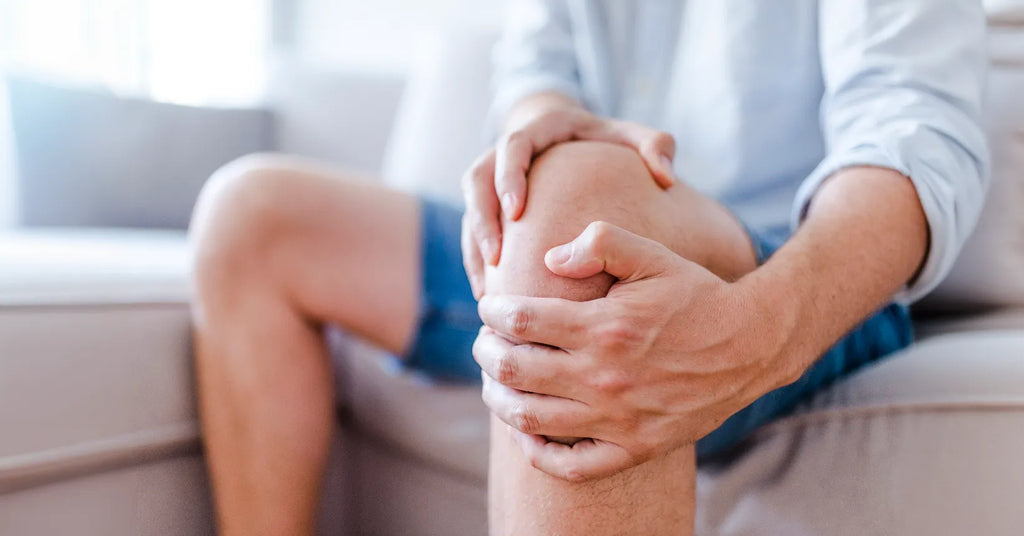
Exploring Ayurvedic Treatment for Joint Pain in the Monsoons

Monsoon, or the rainy season, is a joyful time, making the earth green again with refreshing showers. However, for some, rain brings pain. With the arrival of the monsoons, people with joint-related issues start experiencing intolerable joint pains and begin looking for the best tablet for joint pain in India and the best joint pain relief cream to battle the situation. In fact, these products are sold the most during the monsoons. In this article, we’ll explore the connection between joint pain and seasonal weather changes. Additionally, we will learn about several factors contributing to joint discomfort during the rainy months and Ayurvedic remedies to manage the pain. Read on.
Causes of Monsoon Joint Pain:
-
Humidity and Atmospheric Pressure Changes:
- Increased humidity can lead to swelling in joints, causing pain and stiffness.
- Fluctuations in atmospheric pressure affect synovial fluid, contributing to discomfort.
-
Cold and Damp Weather:
- Cooler temperatures and dampness cause muscles and joints to contract and stiffen.
- Cold weather slows blood circulation, worsening pain and reducing flexibility.
-
Inflammatory Conditions:
- Humid conditions trigger inflammation, particularly affecting those with arthritis or other existing inflammatory conditions.
-
Reduced Physical Activity:
- Monsoon rains often limit outdoor activities, reducing movement and exercise, which leads to joint stiffness and pain.
Effects of Monsoon Joint Pain:
-
Increased Stiffness:
- Joints become rigid and less flexible, making movements difficult.
-
Pain and Discomfort:
- Persistent joint pain affects daily activities and quality of life.
-
Reduced Mobility:
- Joint pain limits physical activities, making routine tasks challenging.
-
Sleep Disturbances:
- Chronic joint pain disrupts sleep patterns, leading to insomnia or poor sleep quality.
-
Emotional Impact:
- Continuous pain and reduced mobility can contribute to feelings of frustration, anxiety, and depression.
Ayurvedic Treatments for Monsoon Joint Pain:
According to the principles of Ayurveda, an aggravation of the Vata Dosha due to seasonal changes is the root cause of monsoon joint pain. If you are eager to apply Ayurvedic treatment for joint pain, the various treatments mentioned below must be included in your treatment plan.
-
Vata-pacifying Diet
Stay away from pungent, bitter, and astringent foods while you embrace sweet, salty, and sour tastes in your diet. Make use of Agni-kindling spices and ingredients like nutmeg, black pepper, cinnamon, clove, saffron, cardamom, and turmeric. Try to consume foods cooked in ghee or sesame oil. By following this diet pattern, you can balance the aggravated Vata Dosha and get relief from joint ailments.
-
Warm Oil Massage:
A warm oil massage is strongly recommended by Ayurveda to relieve joint pain. A warm oil massage improves blood circulation, reduces stiffness, and alleviates pain. After massaging, cover the area with a warm cloth or take a warm bath for added benefit. Sesame oil and mustard oil infused with cloves of garlic are ideal for relieving joint pain instantly. You can also add a few drops of eucalyptus essential oil or ginger essential oil for the best results.
-
Herbal Decoction (Kwadha):
Ayurvedic decoctions with anti-inflammatory and analgesic properties reduce inflammation and joint pain. They also aid in detoxification and improve digestion, indirectly benefiting joint health. Ingredients like ajwain or carom seeds, tulsi or holy basil, turmeric, cinnamon, ginger, black peppercorns, and cloves are mostly used in these decoctions.
-
Hot Compress:
Apply heat to affected joints using a hot water bag or warm towel for 10-15 minutes. Heat therapy improves blood circulation, relaxes muscles, and relieves joint stiffness and pain.
-
Natural Herbal Pills
Certain anti-inflammatory herbs like turmeric, ginger, willow bark, Boswellia, and Thunder God vine can be taken in powder form, tablets, or capsules to reduce inflammation and joint discomfort. The best tablets for joint pain in India use these herbs as their ingredients and are the most effective Ayurvedic medication for reducing monsoon joint pain without side effects. You can also make herbal teas from these herbs and consume them regularly to get relief from joint pain.
-
Homemade joint pain relief cream
If you want to use herbal remedies for joint pain relief, you must know that you can easily make some of these products at home. They are cost-effective and effective in managing joint pain during the monsoons. You can use eucalyptus extracts as a natural joint pain relief cream. All you need to do is apply a paste of eucalyptus leaves to your aching joint and wrap a warm pad around it. While following this remedy, make sure not to tie the cloth pad too tight, as it may restrict proper blood circulation in that area. Another brilliant idea for making all-natural joint pain relief cream at home is by warming pure Desi Ghee with one or two blocks of camphor. Let the camphor melt completely. Once the mixture cools down, you can store it in an airtight container. Before applying it to your aching joint, warm the mixture slightly.
Lifestyle Changes to Manage Monsoon Joint Pain:
-
Regular Exercise:
- Engage in gentle exercises like yoga, stretching, and walking to maintain joint flexibility and strength. Avoid high-impact activities that strain the joints.
-
Stay Warm and Dry:
- Wear warm clothing and avoid getting wet in the rain to prevent stiffness and pain. Use warm blankets and maintain a dry living space.
-
Proper Hydration:
- Drink sufficient water to keep the body hydrated, which reduces joint stiffness and supports overall joint health.
The Takeaway
In conclusion, managing monsoon joint pain involves a holistic approach that combines effective treatments like Ayurvedic therapies with lifestyle adjustments. Alongside taking the best tablets for joint pain in India and using the best joint pain relief cream, you need to follow the principles of Ayurveda to experience holistic healing and sustainable results. By addressing the causes and symptoms comprehensively, individuals can mitigate the impact of monsoon-related joint issues and improve their quality of life.







